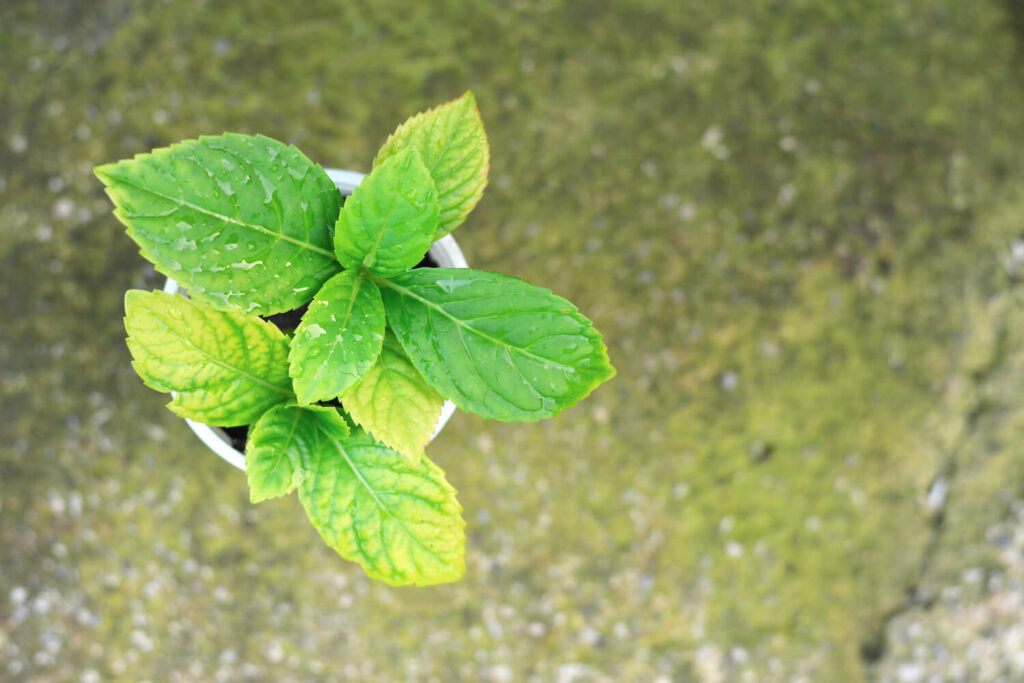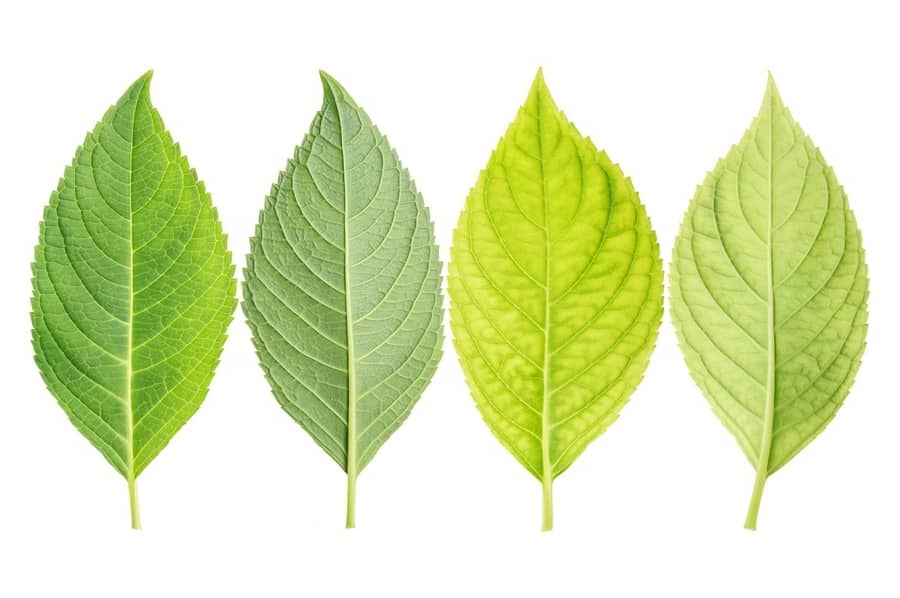The Ultimate Guide To Hydrangea Leaves Turning Yellow
The Main Principles Of Hydrangea Leaves Turning Yellow
Table of ContentsA Biased View of Hydrangea Leaves Turning YellowLittle Known Questions About Hydrangea Leaves Turning Yellow.Hydrangea Leaves Turning Yellow Fundamentals ExplainedSome Ideas on Hydrangea Leaves Turning Yellow You Need To Know
These concerns are easy to determine and fix if you take steps before root rot sets in. A moisture meter can help guide you to the most effective approach of modification (Hydrangea Leaves Turning Yellow). Big fallen leaves usually look sagging throughout the afternoon heat. When they stop working to cheer up at night or still look shrivelled in the morning, your plant could be overwatered.Get rid of the plant from the soil and prune out any kind of origins that aren't white and turgid (plump). Replant in a brand-new place or function some sand into the soil for far better water drainage.
Include a little bit of distilled water, mix the components, and drain the additional water. Put a p, H screening strip in and wait for a reading.
Sphagnum moss or peat moss prevents the soil from compacting and betters soil drain while also elevating the soil's level of acidity. You can scatter sulfur chips in your hydrangea soil.
Hydrangea Leaves Turning Yellow Fundamentals Explained
This is one great reason to repot houseplants regularly (though there are others, such as origin growth for instance). It is also why houseplants call for a much stricter feeding regular than a lot of outside plants. When a hydrangea houseplant is deficient in nutrients, its fallen leaves will certainly be the first to show the signs.

You will certainly additionally require to feed the plant by hand and routine intervals. When springtime starts in March, it's the energetic growing season for lots of houseplants, consisting of hydrangeas.
The dripline is the location located under the foliage that is the furthest away from the facility of the plant. Instead than using feed to the facility of the plant it Get More Information is best to focus it primarily in the external areas of the pot. If you prefer to make use of a slow-release plant food such as granular or spike fertilizer, after that cover either type with some soil after you insert them.
Hydrangea Leaves Turning Yellow Fundamentals Explained

The hydrangea is remarkably frost-resistant, when temperatures start getting right into the 20s, the plant is in serious risk. If the temperatures remain in the reduced 10s, that threat is more severe still. Undoubtedly this is more of an issue with outdoor plants so if you keep potted hydrangea outside you should bring them inside your home in extremely chilly weather condition conditions or also consider transferring them inside for the period of the winter.

A dried hydrangea, A huge trouble with many houseplants is root rot. Origin rot occurs when you overwater a plant and since it is such an usual trouble (especially with succulents) many houseplant proprietors are afraid of overwatering their plants. Hydrangeas require even more watering that most other common houseplants and can become dehydrated when they are underwatered.
Indicators on Hydrangea Leaves Turning Yellow You Need To Know
Be absolutely certain that your hydrangea is dehydrated due to an absence of water and not due to it be provided too much water navigate here (extra on this later). Overwatering is a major problem if you cut corners on its water needs even a little bit, your hydrangea will be quick to reveal it.
, you will promptly inform if the plant requires water. To get your hydrangea sprinkling habits on the best track, you need to be conscious regarding the dampness degrees in its soil.
When you eliminate your finger from moist soil it will have percentages of dirt residue adhered to it. Dry dirt will imply your finger comes out clean or with completely dry soil that is quickly blown away. If it's damp, and the plant has yellow fallen leaves after that the plant has actually likely been overwatered and you will certainly require to follow the advice given in the section listed below.